Home>Articles>How To Select The Right R-Value For Your Basement Walls
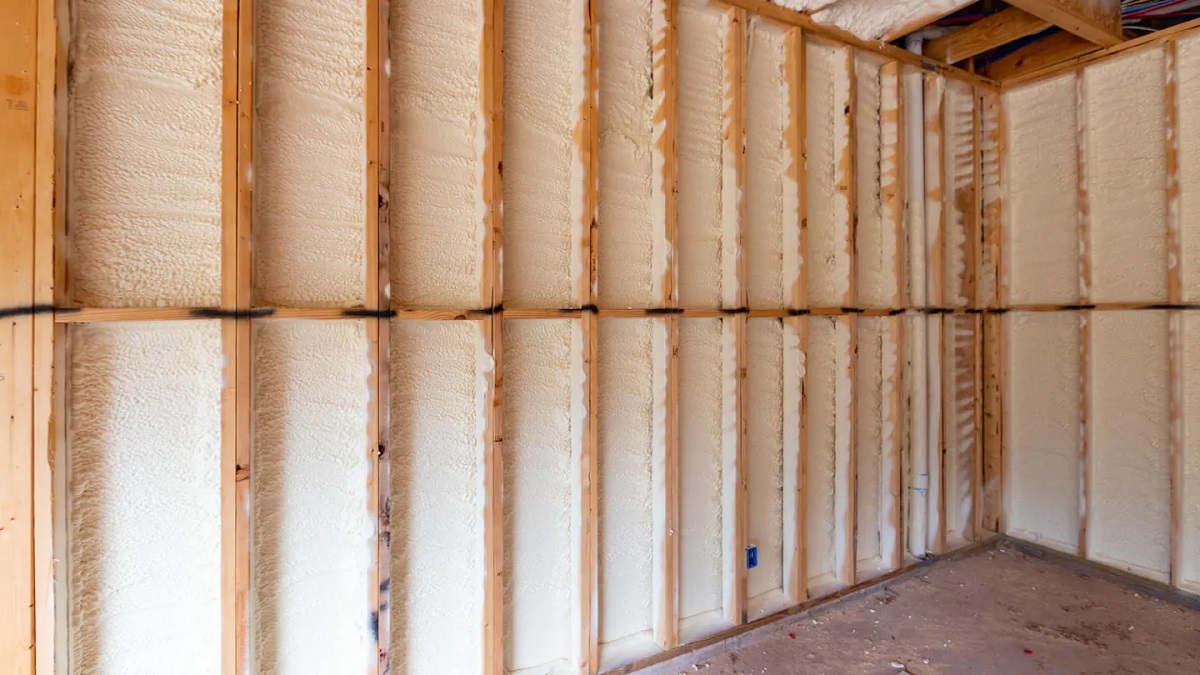

Articles
How To Select The Right R-Value For Your Basement Walls
Modified: January 8, 2024
Learn about the recommended R-Value for basement walls in our informative articles. Find out how to insulate your basement effectively and save energy.
(Many of the links in this article redirect to a specific reviewed product. Your purchase of these products through affiliate links helps to generate commission for Storables.com, at no extra cost. Learn more)
Introduction
Welcome to our comprehensive guide on understanding the importance of R-value for basement walls. If you’re a homeowner looking to improve energy efficiency and create a comfortable living space, it’s crucial to understand the concept of R-value and how it applies to your basement walls.
As the foundation of your home, basement walls play a significant role in maintaining the overall temperature and insulation levels. Ensuring that your basement walls have the appropriate R-value can help reduce energy costs, prevent heat loss, and create a more comfortable environment.
In this article, we will delve into the significance of R-value for basement walls and how it affects energy efficiency. We will also explore the factors to consider when determining the recommended R-value for your basement walls and discuss different insulation options to achieve optimal results.
Whether you’re planning to finish your basement or simply want to improve its insulation, understanding the importance of R-value is crucial. Read on to discover everything you need to know about selecting the right R-value for your basement walls and maximizing the energy efficiency of your home.
Key Takeaways:
- Understanding the R-value for basement walls is essential for energy efficiency, comfort, and moisture control. Factors like climate, location, and budget influence the recommended R-value, so choose insulation wisely.
- Consider foam board, fiberglass, or spray foam insulation options for your basement walls, balancing R-value, moisture resistance, and cost. Consult with professionals to ensure proper installation and maximize long-term benefits.
Read more: What R-Value Insulation For Basement Walls
Understanding R-Value
Before we dive into the significance of R-value for basement walls, let’s first understand what R-value actually means. R-value is a measure of thermal resistance, indicating how well a material can resist the flow of heat. It is a critical factor in determining the insulation effectiveness of a material or assembly.
The higher the R-value, the more resistant the material is to heat transfer. This means that materials with a higher R-value will provide better insulation and reduce the heat transfer between the interior and exterior of your home.
R-value is typically measured in units of thermal resistance per unit thickness, such as R-value per inch. For example, if a material has an R-value of R-10 per inch, it means that each inch of the material provides an R-value of 10.
When it comes to basement walls, the R-value is crucial in preventing heat loss and maintaining a stable indoor temperature. Since basements are often below ground level, they can be more susceptible to thermal bridging and heat transfer from the surrounding environment.
Understanding the R-value of your basement walls will help you determine the level of insulation required to minimize heat loss and maximize energy efficiency. By choosing the appropriate insulation materials with the right R-value, you can ensure that your basement remains comfortable and energy-efficient.
Now that we have a basic understanding of R-value, let’s explore why it is important to consider R-value when insulating your basement walls.
Importance of R-Value for Basement Walls
The importance of R-value for basement walls cannot be overstated. Properly insulating your basement walls with the right R-value can have several significant benefits:
- Energy efficiency: The primary purpose of insulation is to minimize heat transfer. By insulating your basement walls with a high R-value material, you can prevent heat loss in the winter and keep the cool air inside during the summer. This can result in substantial energy savings and reduced utility bills.
- Comfort: Insulating your basement walls properly can create a more comfortable living environment. By reducing temperature fluctuations and drafts, insulation can help maintain a consistent and comfortable temperature in your basement.
- Moisture control: Basement walls are often prone to moisture issues, such as condensation and water infiltration. Insulation can act as a barrier against moisture, preventing it from seeping into your basement and causing damage. It also helps in maintaining a balanced humidity level, reducing the chances of mold and mildew growth.
- Noise reduction: An often overlooked benefit of insulation is its ability to reduce noise transmission. Insulating your basement walls can help create a sound barrier, minimizing the transfer of noise from outside or other areas of your home, creating a quieter living space.
- Increased property value: Adding insulation to your basement walls not only improves your living comfort but can also increase the value of your property. A well-insulated basement is an attractive feature to potential buyers and can differentiate your home from others in the market.
Considering the importance of R-value for basement walls, it is crucial to carefully evaluate the factors that can influence the recommended R-value for your specific basement. Let’s explore these factors in the next section.
Factors to Consider
When determining the recommended R-value for your basement walls, it’s important to consider several factors that can impact the insulation effectiveness:
- Climate: The climate in your region plays a significant role in determining the R-value required. Colder climates with harsh winters may necessitate higher R-values to prevent heat loss, while milder climates may require lower R-values.
- Basement location: The location of your basement within your home can affect its exposure to external elements. Basements located below grade and surrounded by soil require different insulation considerations than those partially or fully above ground level.
- Moisture levels: Basements are prone to high humidity and moisture issues. It’s important to choose insulation materials that not only have a high R-value but are also resistant to moisture and can withstand the damp environment of a basement.
- Budget: Your budget will also influence the insulation options available to you. While higher R-value materials tend to be more effective, they can come at a higher cost. It’s important to find a balance between the recommended R-value and your budgetary constraints.
- Building codes: Familiarize yourself with local building codes and regulations related to insulation. Some areas may have specific requirements and codes that dictate the minimum R-value for basement walls. Ensure that you comply with these regulations for safety and legal purposes.
By considering these factors, you can determine the appropriate R-value for your basement walls and choose insulation materials that suit your specific needs.
Next, let’s explore the recommended R-values for basement walls and the insulation options available to achieve them.
Recommended R-Value for Basement Walls
The recommended R-value for basement walls can vary depending on the factors mentioned earlier. However, as a general guideline, a minimum R-value of R-10 is often recommended for basement walls in most climates.
In colder climates or regions with harsh winters, it is advisable to aim for a higher R-value, such as R-15 or even R-20 for improved energy efficiency. These higher values provide better insulation and help reduce heat loss in the winter.
Keep in mind that achieving higher R-values may require a combination of insulation materials, as well as proper sealing and installation techniques to minimize air leakage and thermal bridging.
Additionally, if you plan to use your basement as a living space or a frequently used area, it is beneficial to consider increasing the recommended R-value. This will ensure a more comfortable and energy-efficient environment.
It is crucial to consult local building codes and regulations to confirm the specific R-value requirements for your area. These regulations may dictate the minimum R-value for basement walls, ensuring compliance with energy efficiency standards.
Now that we know the recommended R-values, let’s explore some common insulation options that you can consider for your basement walls.
Read more: What R-Value Insulation For Basement Ceiling
Insulation Options
When it comes to insulating your basement walls, there are several options to consider. Each option has its own advantages and considerations, depending on factors such as R-value, moisture resistance, installation method, and cost. Here are three popular insulation options for basement walls:
- Foam Board Insulation: Foam board insulation, also known as rigid foam insulation, is a common choice for basement walls. It comes in the form of panels or sheets made from materials like polystyrene or polyisocyanurate. Foam board insulation has a high R-value and offers excellent moisture resistance, making it suitable for damp basement environments. It can be installed directly on the walls using adhesive or mechanical fasteners, providing a continuous insulation layer. However, it can be more expensive compared to other insulation options.
- Fiberglass Insulation: Fiberglass insulation is a widely used and cost-effective option for insulating basement walls. It consists of glass fibers that trap air, providing good thermal resistance. Fiberglass insulation is available in batts or rolls, making it easy to install between wall studs. It is crucial to choose a variety designed for basement use that includes a vapor barrier to prevent moisture penetration. While fiberglass insulation is generally effective, it is important to properly seal any gaps or air leaks to maximize its performance.
- Spray Foam Insulation: Spray foam insulation is a versatile option that provides an excellent air barrier and high R-value. It is typically applied as a liquid that expands to fill gaps and cavities, creating a seamless insulation layer. Spray foam insulation offers exceptional moisture resistance and effectively reduces heat loss. However, it can be more expensive than other insulation options and requires professional installation due to the specialized equipment involved.
It’s essential to carefully evaluate the pros and cons of each insulation option to choose the one that best meets your specific needs and budget. Additionally, consider consulting with a professional insulation contractor to ensure proper installation and maximum insulation effectiveness.
Next, let’s discuss some cost-related considerations when it comes to insulating your basement walls.
When insulating basement walls, aim for an R-value of at least R-11 for code compliance, but consider going up to R-15 or higher for better energy efficiency and comfort.
Foam Board Insulation
Foam board insulation, also known as rigid foam insulation, is a popular choice for insulating basement walls. It offers excellent thermal resistance, moisture resistance, and ease of installation. Let’s take a closer look at foam board insulation:
Material: Foam board insulation is typically made from materials like expanded polystyrene (EPS) or extruded polystyrene (XPS). EPS foam boards are affordable and versatile, while XPS foam boards have a higher R-value and offer better resistance to moisture.
R-Value: Foam board insulation has a high R-value, typically ranging from R-4 to R-7 per inch of thickness. The higher the R-value, the better the insulation performance. It’s essential to consider the desired R-value for your basement walls and select the appropriate thickness of foam board insulation accordingly.
Moisture Resistance: One of the significant advantages of foam board insulation is its inherent moisture resistance. It doesn’t absorb water or provide a food source for mold or mildew growth. This makes it an excellent choice for basements, where moisture issues are common. However, proper installation and sealing of joints and edges are crucial to maintain the moisture resistance of the insulation.
Installation: Foam board insulation can be installed directly onto the basement walls using adhesive or mechanical fasteners. It is important to ensure that the surface is clean, dry, and free from any debris or protrusions before installing the foam boards. Seams should be tightly sealed with tape or an appropriate sealant to prevent air leakage and enhance the insulation’s effectiveness. It’s recommended to follow the manufacturer’s instructions and consult with a professional if needed.
Cost: Foam board insulation is generally more expensive compared to other insulation options such as fiberglass insulation. However, its excellent R-value and moisture resistance make it a worthwhile investment, especially for long-term energy savings and preventing potential moisture issues in your basement.
Overall, foam board insulation is a reliable and effective choice for insulating basement walls. It provides high R-value, moisture resistance, and easy installation. When considering foam board insulation for your basement walls, assess your specific insulation needs, budget, and consult with professionals to ensure proper installation and maximum insulation performance.
Next, let’s explore another insulation option for basement walls – fiberglass insulation.
Fiberglass Insulation
Fiberglass insulation is a commonly used and cost-effective option for insulating basement walls. It offers good thermal resistance, ease of installation, and versatility. Let’s explore the features and benefits of fiberglass insulation:
Material: Fiberglass insulation is made from tiny glass fibers that are tightly woven together. These fibers create air pockets that trap heat and provide thermal resistance.
R-Value: Fiberglass insulation comes in various thicknesses and corresponding R-values. The R-value of fiberglass insulation typically ranges from R-11 to R-38 for standard batts or rolls. The higher the R-value, the better the insulation effectiveness. It’s essential to determine the desired R-value for your basement walls based on your climate and insulation needs.
Moisture Resistance: While fiberglass insulation itself doesn’t resist moisture, certain types of fiberglass insulation include a facing or vapor barrier that provides limited moisture protection. It’s crucial to choose a variety designed for basement use that includes a vapor barrier to prevent moisture penetration and potential mold or mildew growth.
Installation: Fiberglass insulation is relatively easy to install between wall studs in the form of batts or rolls. The insulation is placed snugly between the studs, ensuring no gaps or compression that can reduce its effectiveness. Care should be taken to properly seal any gaps or openings to minimize air leakage and enhance insulation performance.
Cost: Fiberglass insulation is known for its affordability, making it a popular choice for homeowners on a budget. It offers a cost-effective means of improving energy efficiency and thermal comfort in your basement.
While fiberglass insulation provides good overall insulation performance, it’s important to note that it may not have the same level of moisture resistance as some other insulation options. It’s crucial to address any potential moisture issues in your basement, such as waterproofing basement walls, before installing fiberglass insulation.
When considering fiberglass insulation for your basement walls, ensure you select the proper R-value and moisture resistance level based on your specific requirements and local building codes. Consulting with insulation professionals can help you make informed decisions and ensure proper installation.
Next, let’s explore another insulation option for basement walls – spray foam insulation.
Spray Foam Insulation
Spray foam insulation is a versatile and effective option for insulating basement walls. It provides excellent thermal resistance, air sealing, and moisture control. Let’s delve into the features and benefits of spray foam insulation:
Material: Spray foam insulation is made by mixing two liquid components – polyol resin and isocyanate. When combined, they undergo a chemical reaction and expand into a foam that adheres to surfaces.
R-Value: Spray foam insulation has a high R-value per inch of thickness, typically ranging from R-4 to R-7. It offers superior insulation performance, reducing heat transfer and maintaining a more consistent temperature in your basement.
Air Sealing: One of the significant advantages of spray foam insulation is its ability to create an airtight seal. As it expands, it fills gaps, cracks, and crevices, providing excellent air sealing and reducing drafts. This helps to prevent heat loss and improve energy efficiency.
Moisture Control: Spray foam insulation acts as a barrier against moisture. The closed-cell variety of spray foam insulation, in particular, has a high moisture resistance and can help prevent water vapor from entering your basement walls. This can mitigate the risk of mold and moisture-related issues.
Installation: Professional installation is recommended for spray foam insulation due to the specialized equipment and skills required. The insulation is typically applied as a liquid and expands to fill cavities and gaps. It adheres to the walls and hardens, providing a continuous insulation layer. It’s crucial to ensure proper ventilation during and after installation to allow any fumes or odors to dissipate.
Cost: Spray foam insulation is generally more expensive compared to other insulation options. However, its superior insulation performance, air sealing properties, and moisture resistance make it a worthwhile investment for long-term energy savings and preventing potential moisture-related issues.
When considering spray foam insulation for your basement walls, consider the desired R-value, air sealing needs, moisture control requirements, and budget constraints. Consulting with insulation professionals is advisable to ensure proper installation and maximize the benefits of spray foam insulation.
Now that we’ve explored the different insulation options, it’s important to consider the cost considerations associated with insulating basement walls.
Read more: What R-Value Insulation For Interior Walls
Cost Considerations
When it comes to insulating basement walls, cost is an important factor to consider. The cost of insulation materials and installation can vary based on several factors. Understanding these cost considerations will help you make informed decisions. Here are a few key points to keep in mind:
- Insulation material: Different insulation materials have varying costs. Foam board insulation, for example, tends to be more expensive compared to fiberglass insulation. Spray foam insulation is often the priciest option. However, it’s important to weigh the initial cost against long-term energy savings and potential utility bill reductions.
- R-Value: The desired R-value for your basement walls will impact the cost. Higher R-values usually require thicker insulation or the use of more expensive materials. It’s essential to determine the recommended R-value based on your climate and insulation needs, and then consider the associated cost implications.
- Installation: The cost of installation can vary depending on the complexity of the project and the selected insulation option. Foam board insulation and spray foam insulation typically require professional installation due to the specialized techniques involved. Fiberglass insulation, on the other hand, can be a DIY-friendly option, saving on installation costs. However, if you’re unfamiliar with insulation installation, hiring professionals is recommended to ensure proper installation and maximize insulation performance.
- Additional materials and labor: In addition to the insulation materials, other materials such as adhesives, tape, and fasteners may be needed for proper installation. Labor costs for professional installation should also be factored into the overall cost. Obtaining multiple quotes from insulation contractors will help you compare costs and make an informed decision.
- Long-term savings: While insulation costs may require an upfront investment, it’s important to consider the long-term savings and benefits. Insulating your basement walls effectively can lead to energy savings and reduced utility bills over time. Additionally, improved insulation can increase the resale value of your property.
It’s advisable to balance your budget with the desired level of insulation and consult with insulation professionals to understand the cost considerations in your specific situation. They can provide guidance on cost-effective options and help you make decisions that align with your budget and insulation goals.
Now let’s conclude our discussion on the importance of R-value for basement walls.
Conclusion
Understanding the importance of R-value for basement walls is crucial for creating an energy-efficient and comfortable living space. Selecting the right R-value and insulation materials can lead to significant benefits, including reduced energy costs, increased comfort, improved moisture control, and enhanced property value.
When considering insulation options for your basement walls, factors such as climate, basement location, moisture levels, budget, and building codes should be taken into account. Careful evaluation of these factors will guide you in determining the recommended R-value and choosing the most suitable insulation materials.
Foam board insulation, with its high R-value and moisture resistance, is an excellent choice for basement walls. Fiberglass insulation offers good thermal resistance and cost-effectiveness, while spray foam insulation provides superior insulation performance, air sealing, and moisture control.
In terms of cost considerations, the choice of insulation materials, desired R-value, installation requirements, and long-term energy savings should be taken into consideration. It’s important to find the right balance between budgetary constraints and the insulation needs of your basement walls.
Consulting with insulation professionals is highly recommended to ensure proper installation, maximize insulation effectiveness, and make informed decisions based on your specific circumstances.
In conclusion, by understanding the importance of R-value, considering the factors that affect recommended R-values, exploring different insulation options, and keeping cost considerations in mind, you can make informed choices to create a well-insulated basement that enhances energy efficiency and living comfort.
So, take the necessary steps to insulate your basement walls with the appropriate R-value and enjoy the benefits of a more energy-efficient and comfortable home.
Frequently Asked Questions about How To Select The Right R-Value For Your Basement Walls
Was this page helpful?
At Storables.com, we guarantee accurate and reliable information. Our content, validated by Expert Board Contributors, is crafted following stringent Editorial Policies. We're committed to providing you with well-researched, expert-backed insights for all your informational needs.
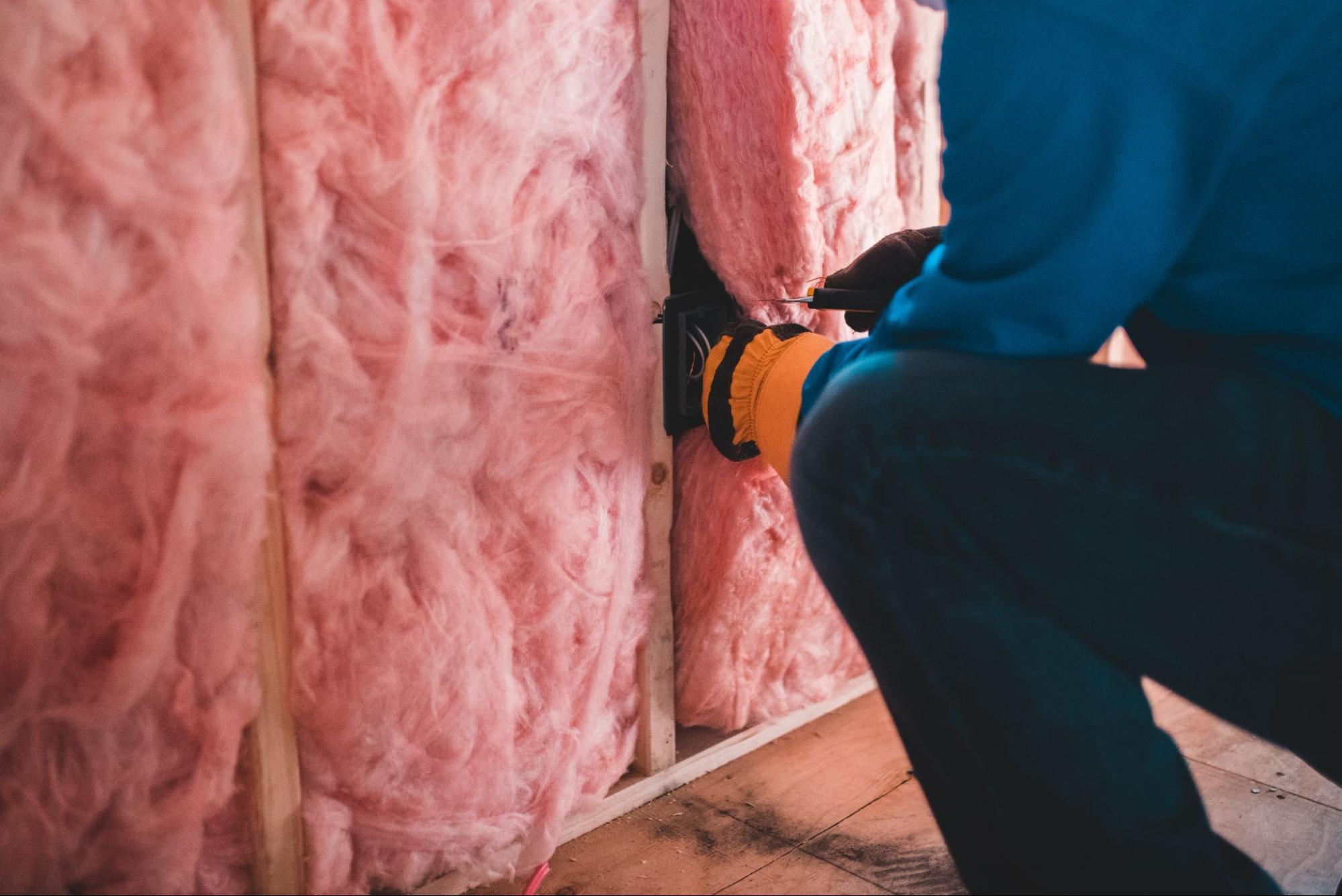
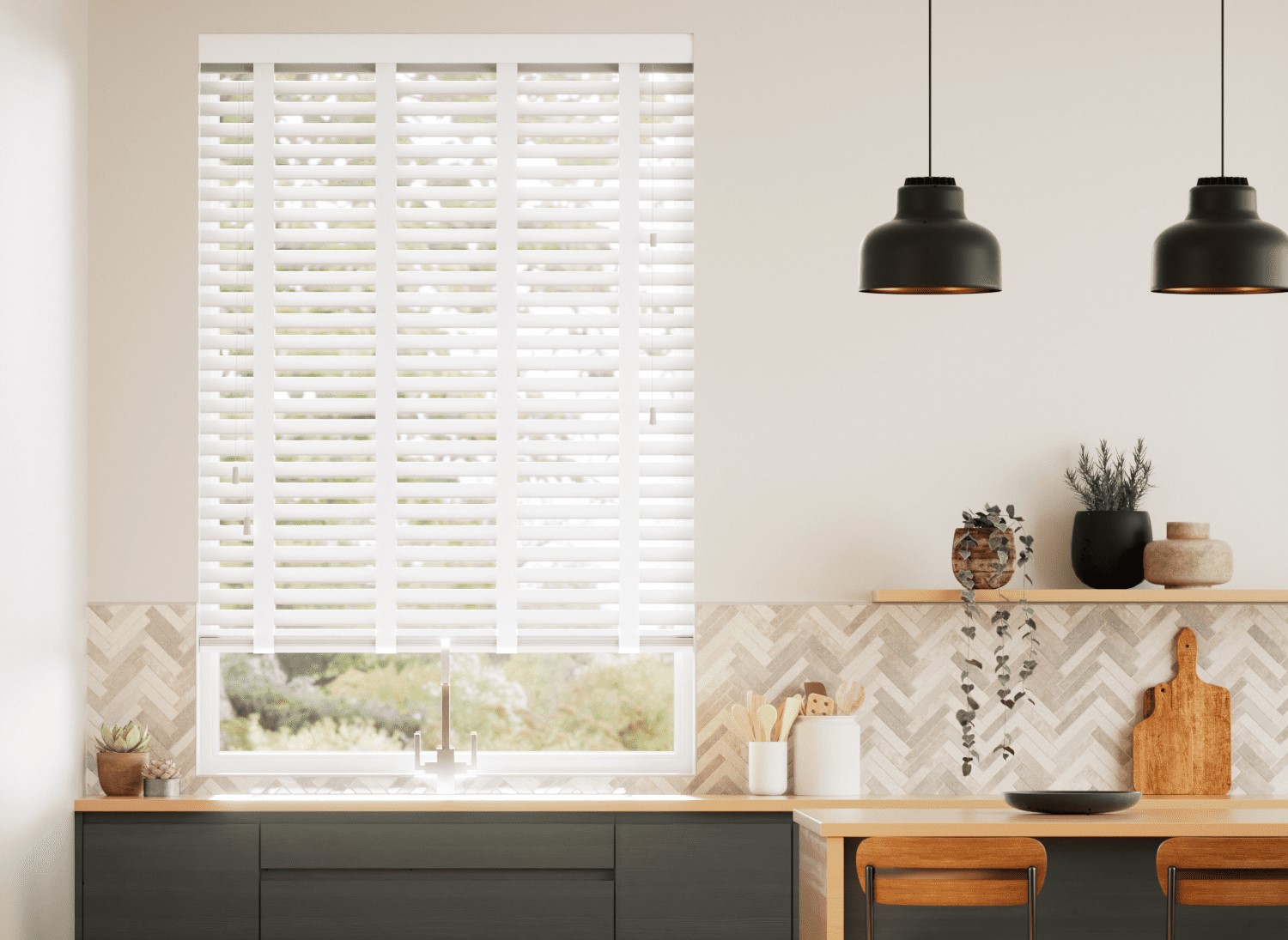
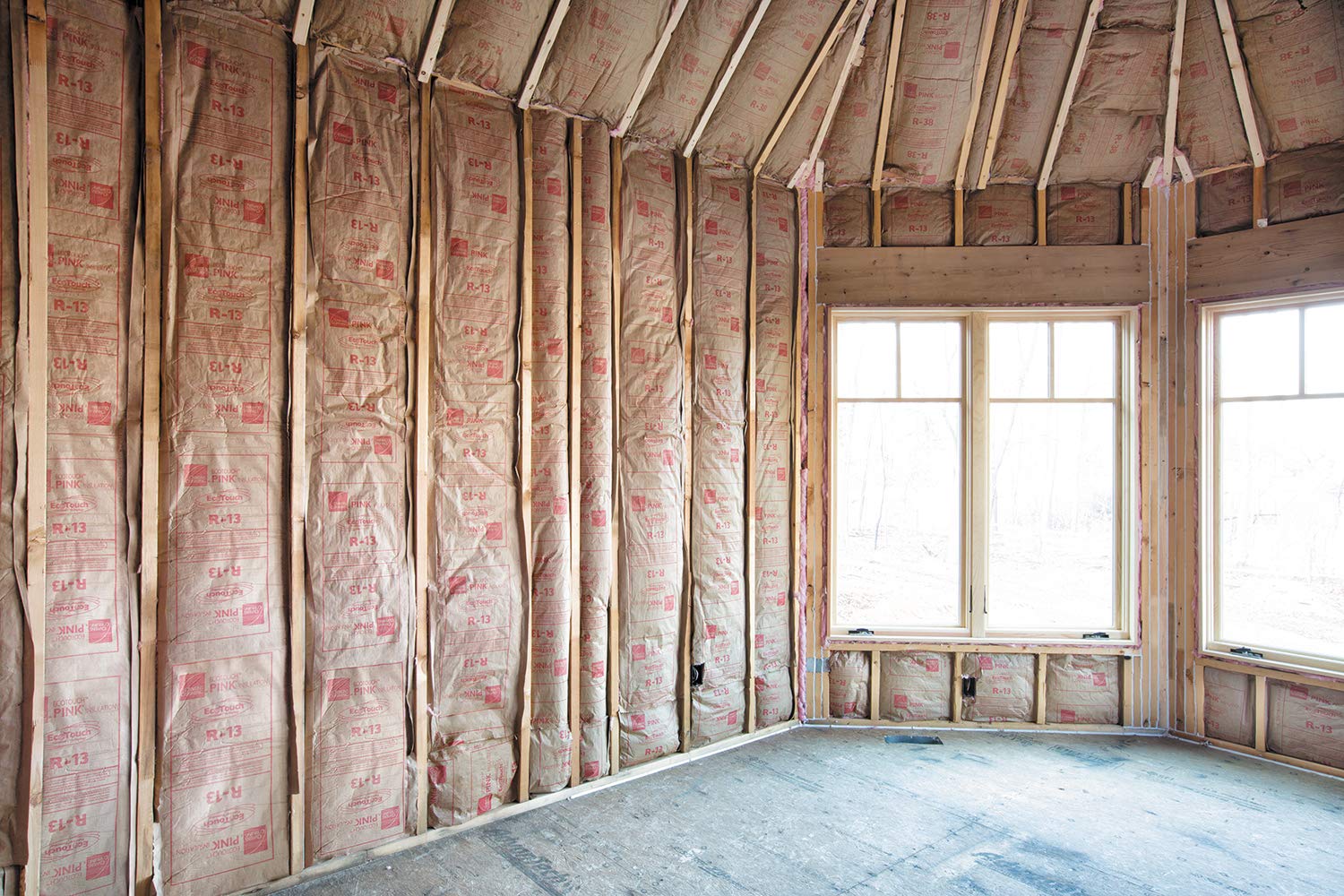

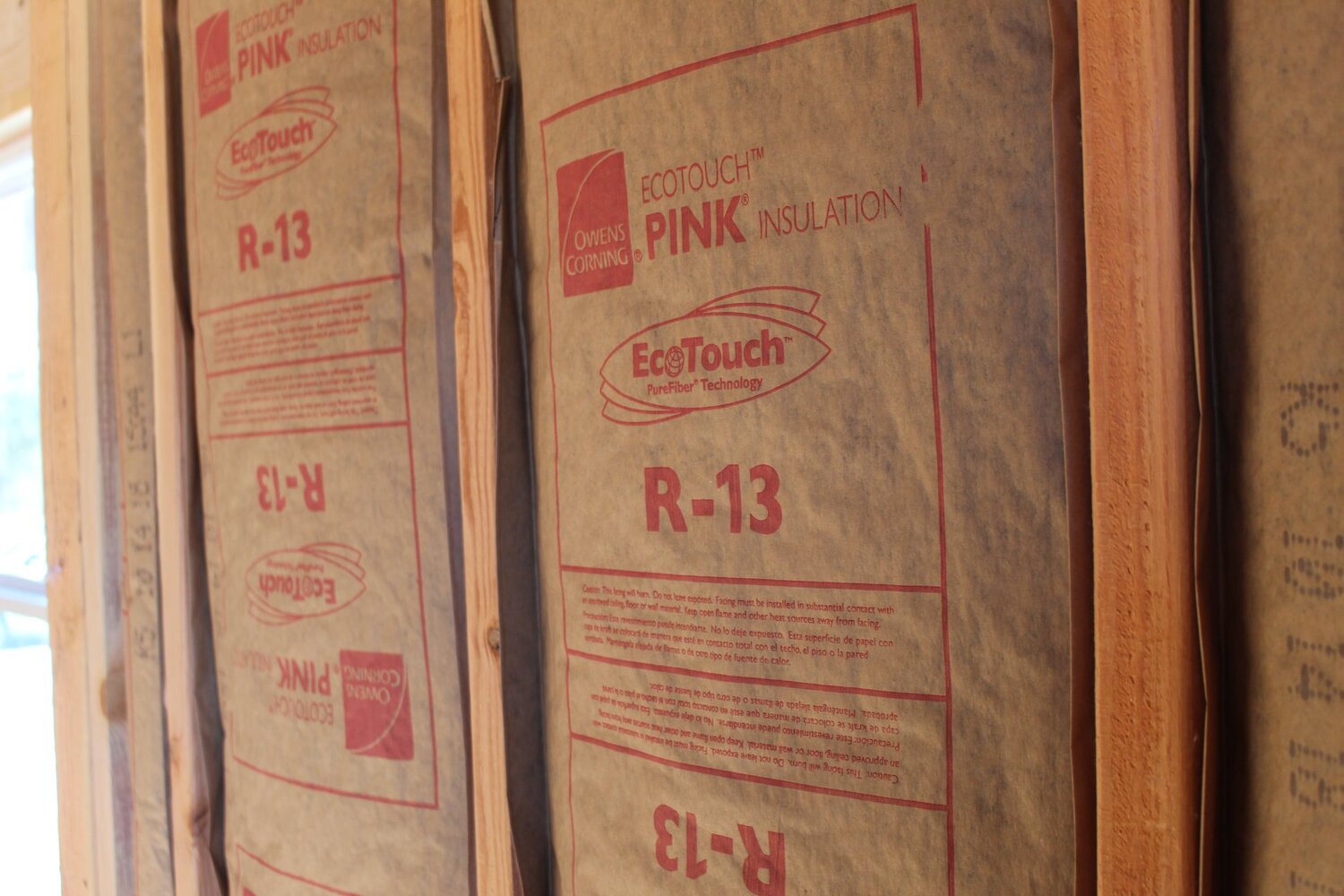
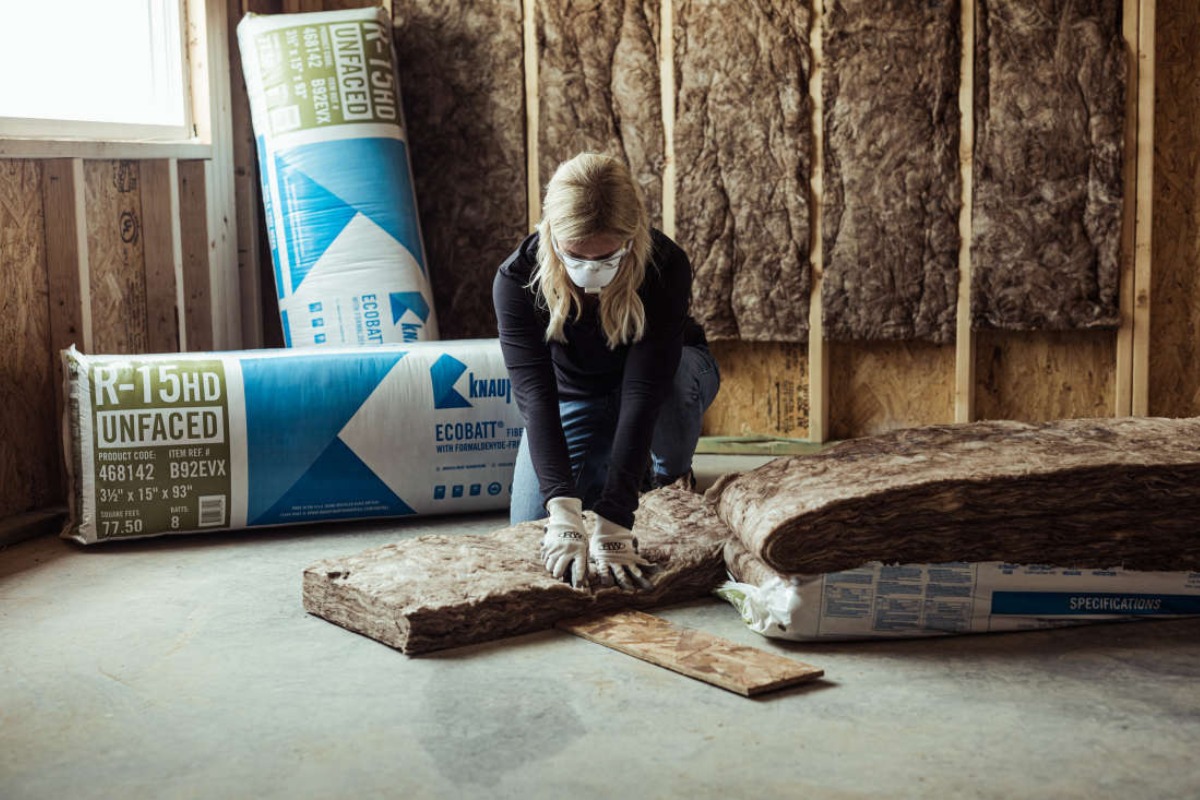
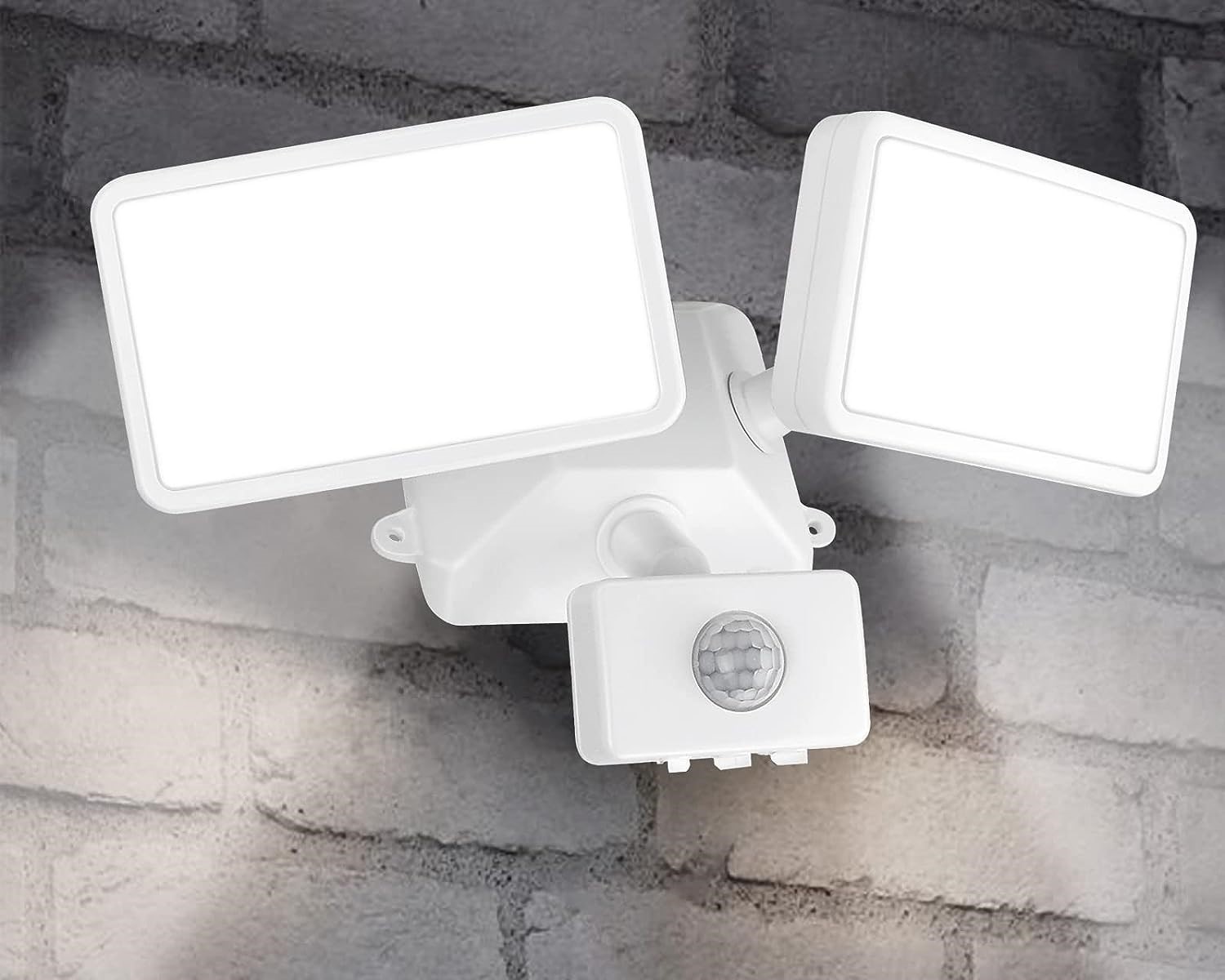
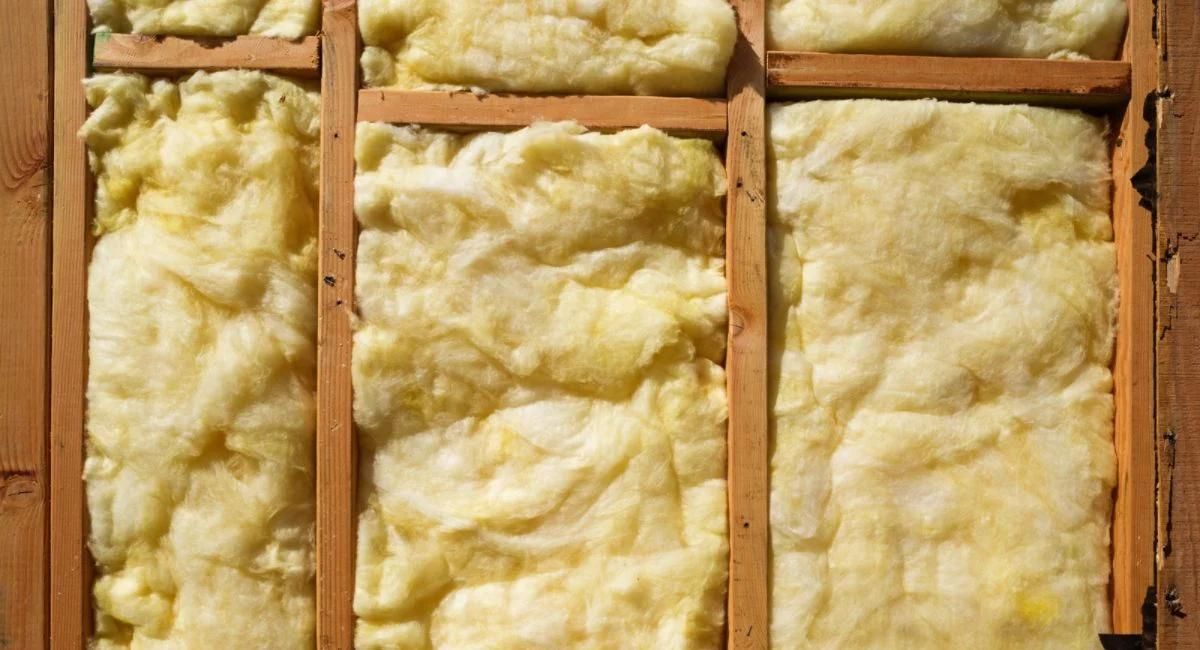
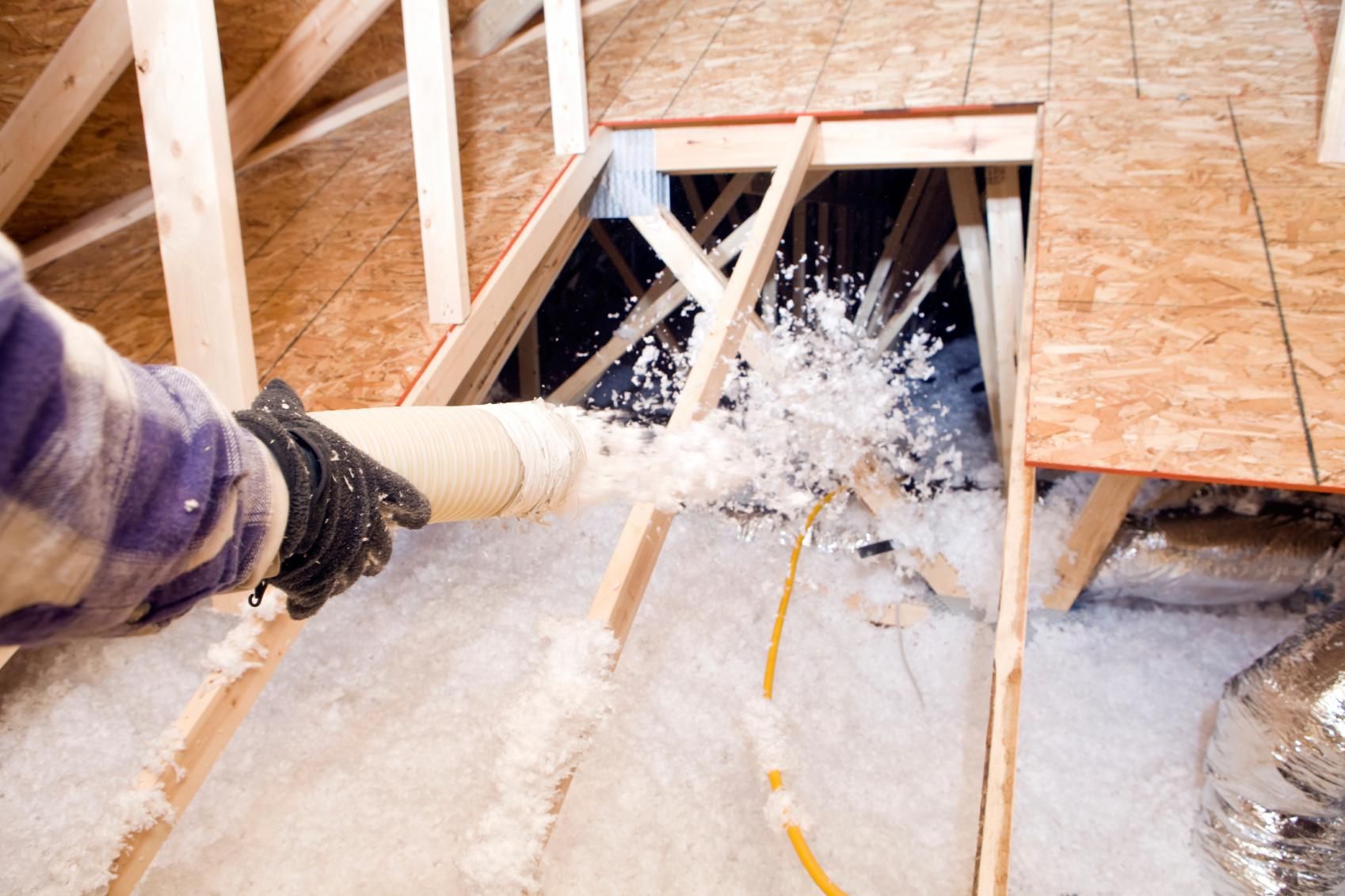
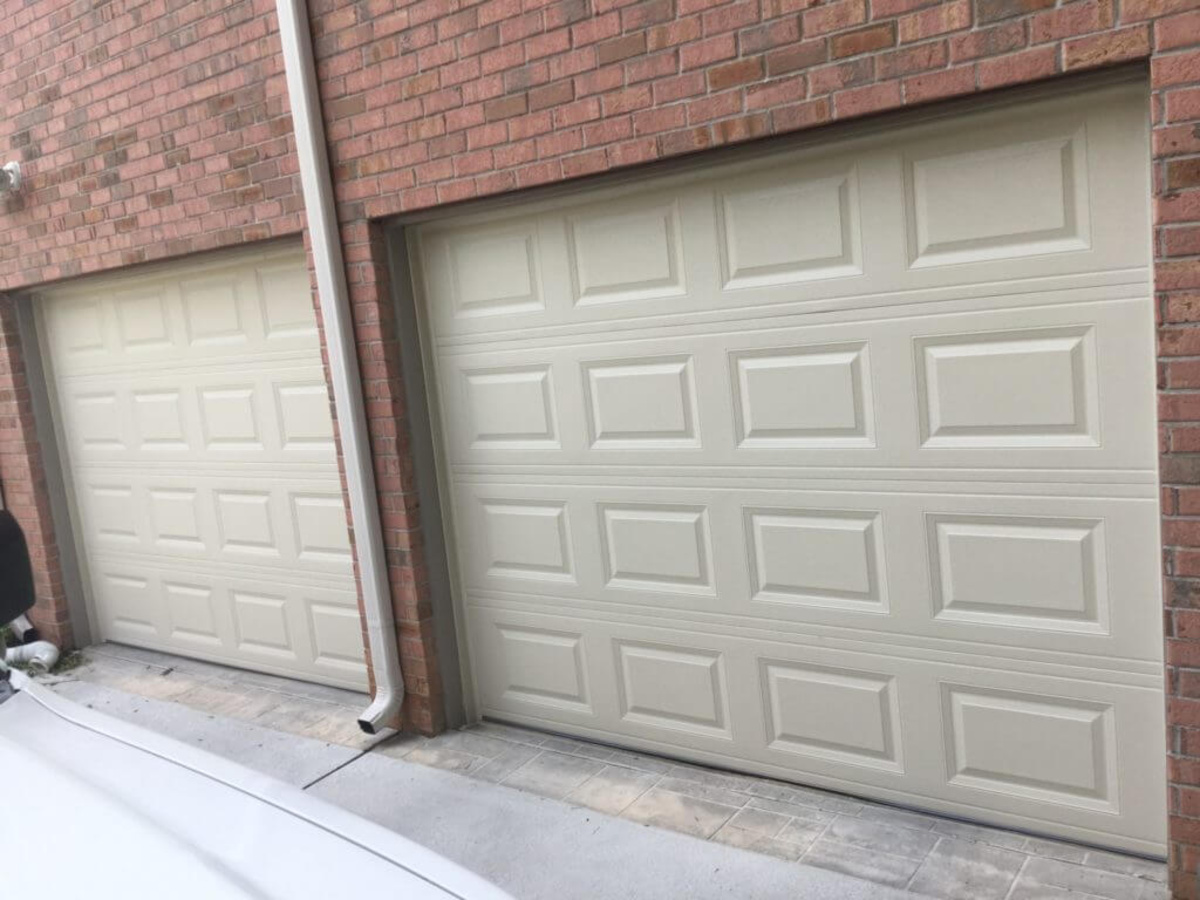
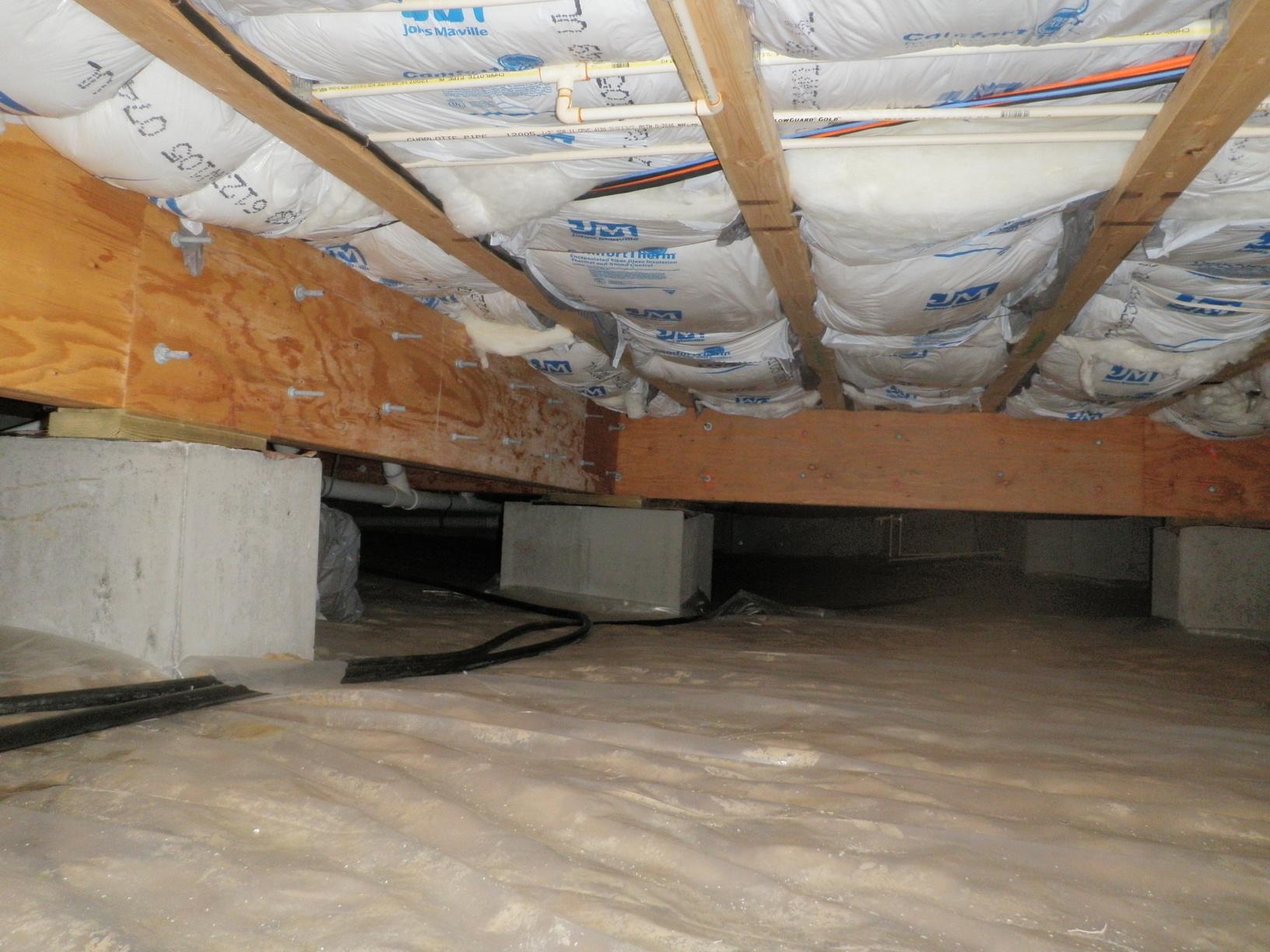
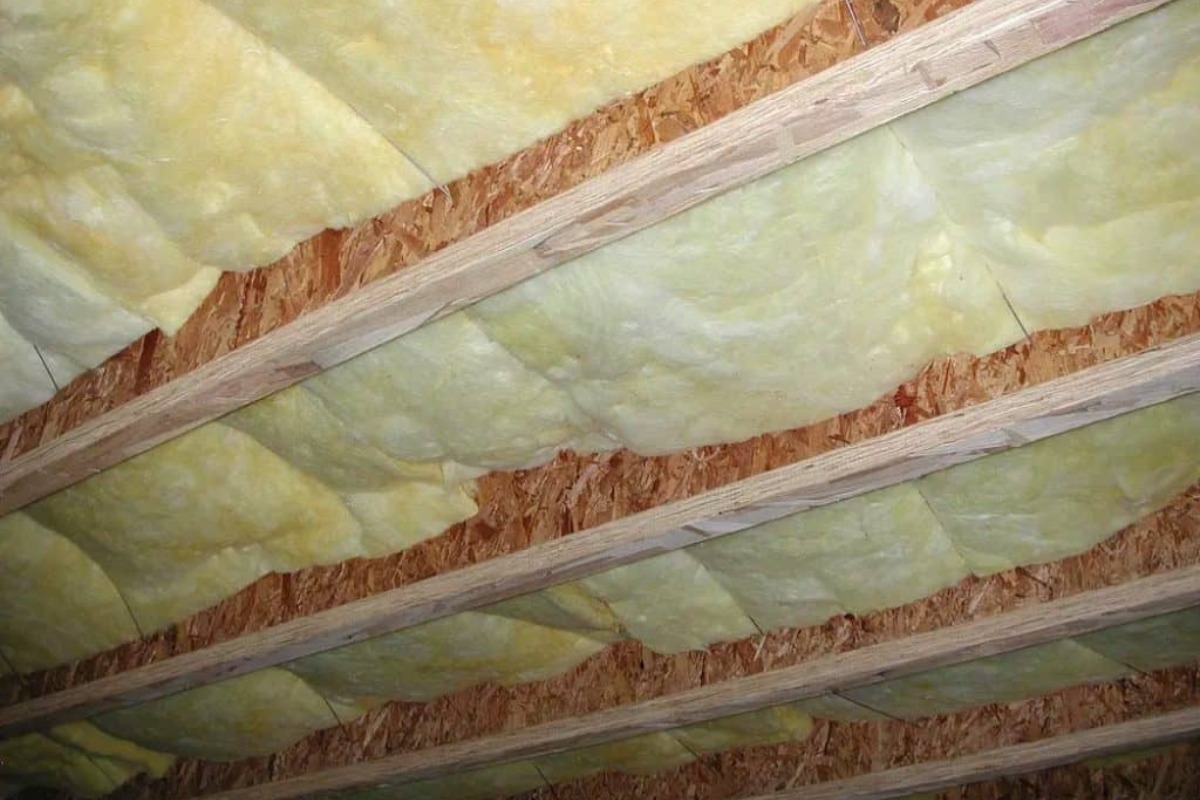
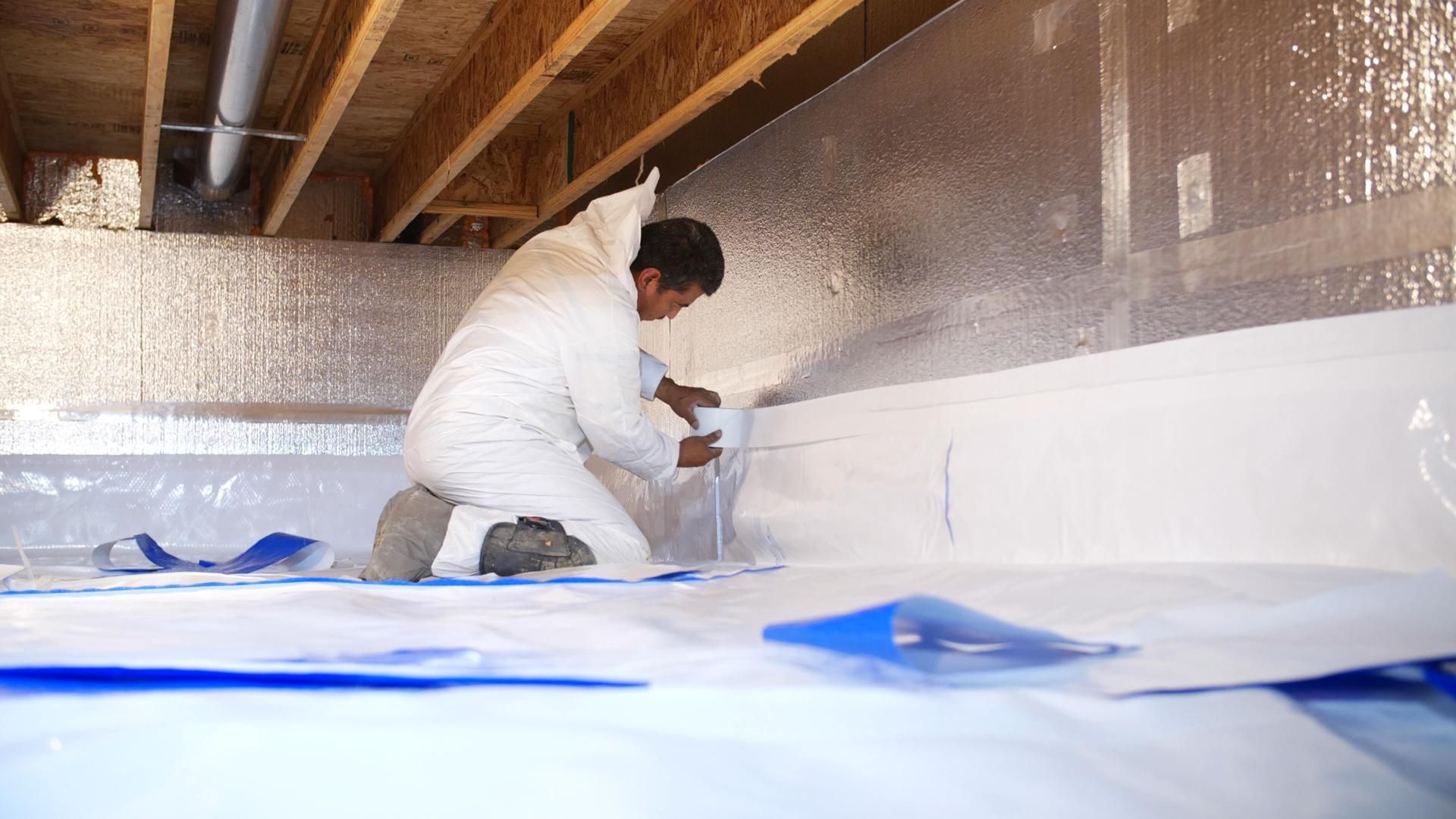

0 thoughts on “How To Select The Right R-Value For Your Basement Walls”